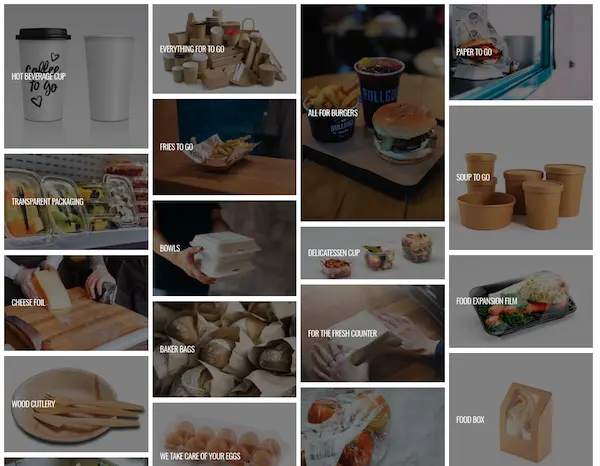How can packaging designs address the global challenge of increasing urbanization and smaller living spaces?
» Packaging- Compact designs that are stackable and fit into limited spaces can help maximize the efficiency of smaller urban living areas.
- Multi-functional packaging that serves more than one purpose reduces the need for multiple products and saves space.
- Eco-friendly materials and packaging that can be easily recycled or reused help reduce waste in densely populated urban environments.
So with cities getting more cramped and everyone's living spaces shrinking, seems like we gotta think about how packaging can adapt to this new normal. What are the clever design solutions out there that can help packaging fit into these tiny modern apartments and make urban living a bit more manageable? Looking for sustainable and practical ideas that won't add to the clutter or the waste problem we've already got on our hands.
Oh yeah, one thing to consider might be multi-functional packaging. Like, imagine if your cereal box could turn into a bowl, or your storage bins could collapse down when not in use. Useful and space-saving, right? What do you all think?
With our network with packaging suppliers along with a huge international network, we provide customizable logistic packaging services as per the needs and requirements of our clients, in order to maintain continuous product development and greatly reduce the spending for packaging solutions.
That sounds innovative, but I'm a bit skeptical about how practical this multi-functional packaging really is in the long run. I mean, are these designs durable enough to withstand multiple uses or transformations? And what about the cost implications? Installing features that allow packaging to transform or be reused could drive up prices, which might not sit well with everyone. What's the balance here between innovation and practicality?
Ever thought about packaging that disappears after you use it? I'm not talking magic tricks, but materials that dissolve or can be safely eaten! Imagine sipping your coffee and then munching on your coffee cup right after. Convenient, space-saving, and hey, you might even save on grocery bills! But seriously, using biodegradable or edible materials could really change the game in urban spaces where we can hardly fit our furniture, let alone piles of packaging waste. What do you think? Scary or revolutionary?
- How do changing consumer behaviors, like the move to online shopping, impact packaging needs? 3
- How do packaging designs address the growing trend of DIY kits or self-assembly products? 4
- What are some alternative packaging solutions you've seen in the automotive industry that impressed you? 12
- How do different lighting conditions (e.g., store lights vs. daylight) affect packaging appearance? 5
- What are your thoughts on the environmental impact of paper alternative coffee cups? 8
- How do packaging designs cater to the growing trend of experiential or hands-on learning products? 1
- How are companies using packaging to enhance the educational or informative aspects of products? 5
- Do you prefer bread that is packaged in paper bags with windows, or does the packaging not affect your purchase decision? 11
- What's the impact of oversized packaging on waste and the environment? 4
- Have you implemented any innovative solutions to reduce waste in your internal packaging? 13
- What are the challenges of using biodegradable materials in packaging? 382
- What are the latest technological advancements in packaging machinery? 305
- What are some challenges you have faced with automotive packaging, and how did you overcome them? 291
- Are there any concerns regarding the food safety or longevity of bread stored in paper bags with windows? 289
- How would you improve the current design of paper shopping bags to make them more user-friendly or sustainable? 285
- What's the process for quality assurance in our packaging production? 283
- Can you share some tips on how to reduce the use of consumable materials? 281
- Have you encountered any problems when using paper shopping bags in certain weather conditions? 280
- How does the feel and usability of HDPE bags compare to other materials such as paper or fabric? 273
- How do you balance the need for protection and efficiency in your internal packaging processes? 268
Blog Posts | Current
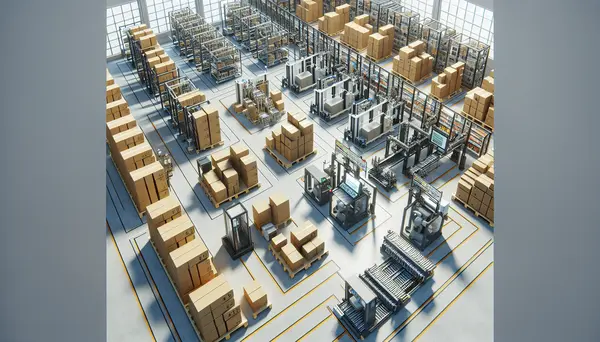
Efficient Solutions for Managing a Packaging Warehouse
Understanding the Basics of a Packaging WarehouseFirst things first, let's delve into the basics of a packaging warehouse. Essentially, a...
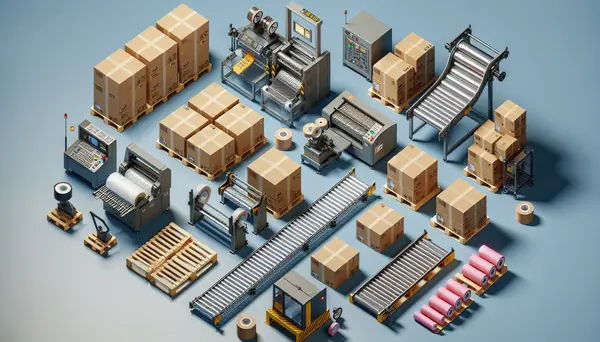
Industrial Packaging Production: A Cornerstone of Modern Manufacturing
Introduction Packaging is an indispensable part of any industry, providing a protective shield for products during their journey from the production...
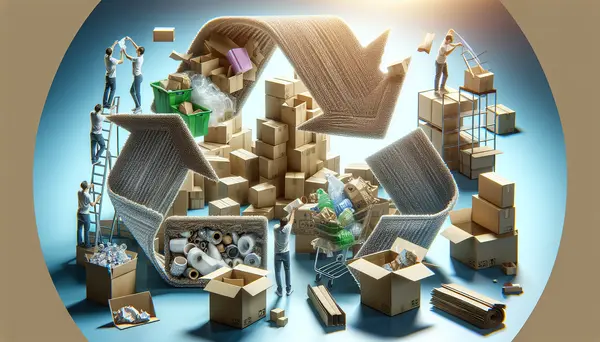
Effective Strategies to Minimize Packaging Waste
Understanding the Importance of Minimizing Packaging WasteIn an increasingly consumer-driven society, the growing problem of packaging waste cannot be ignored....
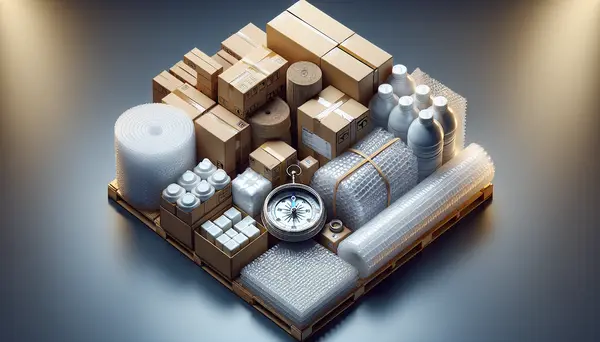
Navigating Packaging Regulation: Compliance and Industry Insights
Understanding Packaging Regulation: A Brief OverviewThe world of packaging regulation can be a complex maze to navigate. However, understanding these...
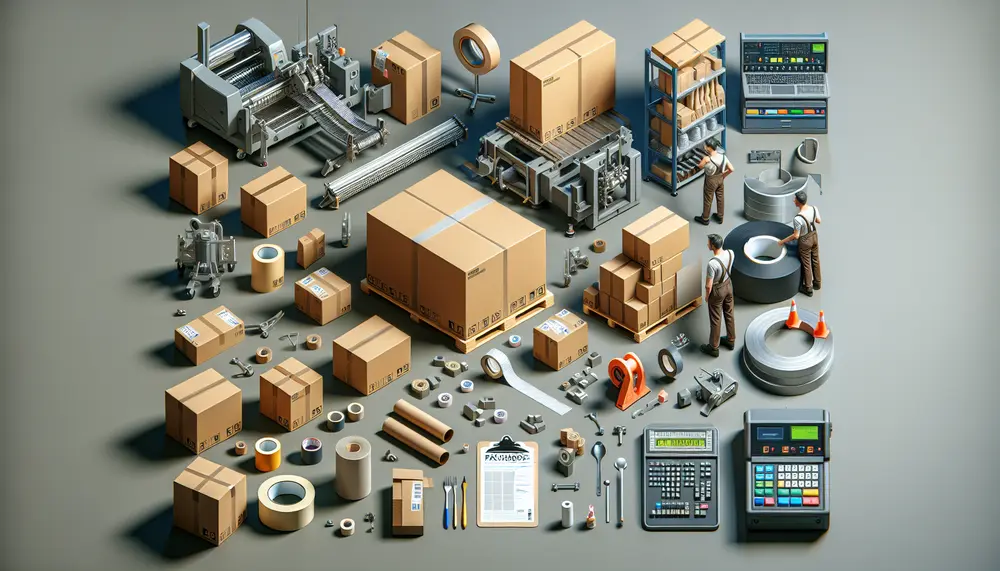
Becoming a Packaging Operator: Skills and Responsibilities
Introduction to the Role of a Packaging OperatorStarting a career in the packaging industry can be an exciting opportunity, especially...
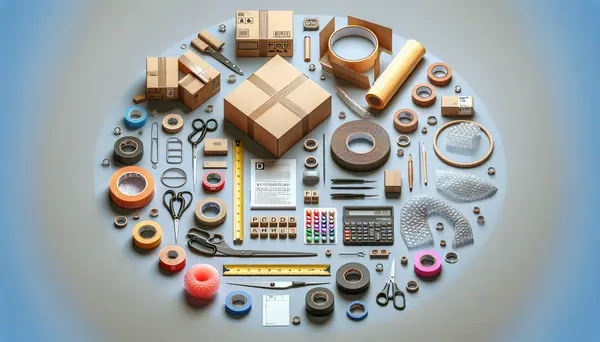
The Cornerstones of Effective Packaging Design: Key Rules to Consider
Introduction Packaging design is far more than a mere protective cover for a product. It is a potent communication tool that...
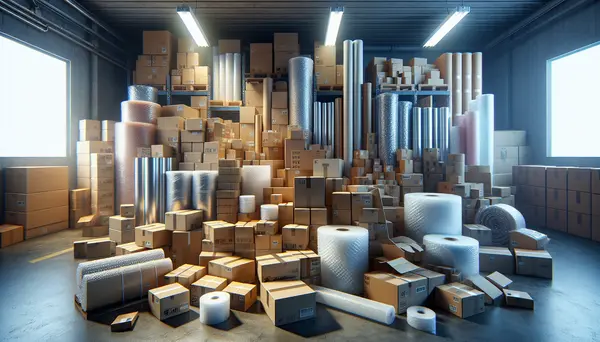
Understanding Packaging HSN Codes
Introduction to Packaging HSN CodesWhen it comes to the realm of packaging, understanding the complexities and details can often be...
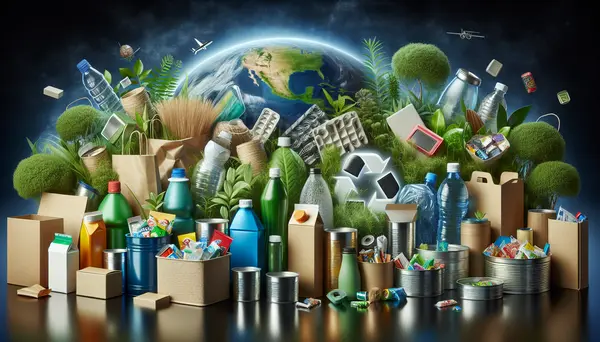
Recycling in Packaging: A Sustainable Approach for a Greener Future
Introduction Packaging is an integral aspect of every product that we consume or use. However, the growth in consumerism and the...
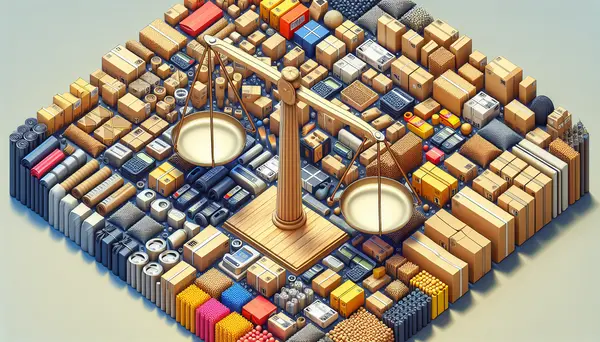
Negotiated Price vs. Demand Quantities: A Detailed Examination
Price negotiation and demand quantities are two significant factors affecting both the supply and demand of goods in the market....
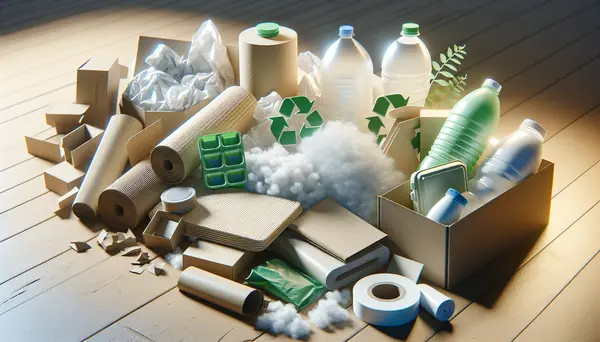
Sustainability in Packaging Design
Introduction As environmental concerns continue to gain prominence in public and corporate consciousness, the topic of sustainability in packaging design has...

